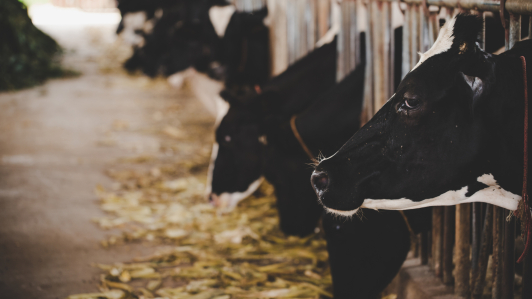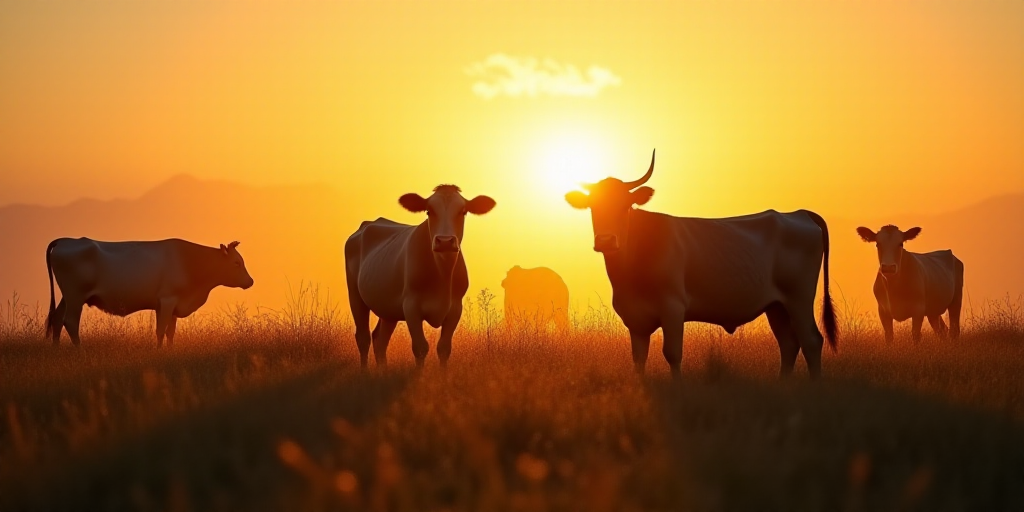Background on the Situation
The United States’ decision to temporarily halt the importation of live cattle from Mexico due to a barber pole worm outbreak has left northern Mexican cattle ranchers in a precarious position. Lorena Terrazas, a member of the customs agency Capin-VyBorny and Mexican meat commercializer, explains the economic repercussions, political tensions, and the urgency for coordinated action to prevent a larger ganadery crisis.
Immediate Impact
Terrazas describes the immediate consequences: “We’re talking about approximately 100,000 head of cattle stuck at the border and losses exceeding $5 million daily,” according to Álvaro Bustillos Fuentes, president of the Mexican Union Ganadera. “It’s crazy.”
Affected Regions and Cattle Industry
The closure directly affects cattle-producing states like Chihuahua, Coahuila, Durango, Sonora, and Tamaulipas. “In San Jerónimo and Ojinaga alone, 3,200 heads of cattle are stranded, resulting in $1.6 million in losses within just a few days,” Terrazas points out.

Ganado en riesgo
Chihuahua, the leading state for cattle exports (40% of the national total), faces a critical situation. “We’ve been dealing with severe drought for years,” Terrazas explains. “Ranchers haul water to their ranches, feed with pasture, and face exorbitant maintenance costs. This closure directly affects us.” Normally, about 80% of the cattle produced in Chihuahua is destined for the United States.
The Origin: Southern Border, Not Northern
Terrazas emphasizes that the outbreak’s origin is not in the north but at the southern border, where ganado criollo from Panama and other regions with insufficient sanitary controls enter Mexico. “We have European breeds like Angus, Brangus, Hereford, and Charolais. It’s high-quality meat,” she says. “The problem lies with the southern ganado criollo, which may be infested and not adequately inspected.”
Meanwhile, the United States has offered support to contain the plague: “They’re willing to release 100 million sterile flies, which help eradicate the fly transmitting the worm. But if the Mexican government doesn’t accept, we’ll have to wait,” Terrazas notes.
Political Tensions and Future Prospects
Terrazas believes the closure responds not only to a sanitary threat but also to political tensions. “There might be an underlying political agenda,” she asserts. “There’s no reason to reject technical assistance like sterile flies.”
The greatest fear, she admits, is that the temporary closure turns permanent. “That would be catastrophic,” she laments. “The consequences for the primary sector and regions like Chihuahua, where we rely on agriculture and cattle, would be devastating. Our land is dry, and the climate situation already pushes us to our limits.”
This isn’t the first time the United States has taken measures affecting meat commerce. Terrazas recalls the controversial “COOL” labeling, which required indicating the origin country on meat packages. “It devalues our meat despite its excellent genetics,” she says. “We fought hard to get it removed, and now they want to reimplement it.”
What’s Next?
As they await the potential resumption of trade in 15 days, Terrazas suggests exploring new markets. “We need to look towards other markets,” she says, mentioning her experience sending cattle to Turkey, though it’s now closed. “The East is blocked by wars, and China is covered by Brazil, Argentina, and Australia. We need to find new routes.”
Additionally, Terrazas calls for adding value to Mexican cattle products: “We should promote on-site fattening, slaughtering, packaging, certification, and exporting high-value meat,” she concludes. “Mexico has premium meat, but we’re overly dependent on the United States.”
Key Questions and Answers
- What is the immediate impact of the US border closure on Mexican cattle ranchers? More than 100,000 head of cattle are stranded at the border, causing $5 million in daily losses.
- Which Mexican states are most affected by this closure? Chihuahua, Coahuila, Durango, Sonora, and Tamaulipas are heavily impacted as they produce a significant portion of Mexico’s cattle.
- What is the origin of the barber pole worm outbreak? The issue stems from insufficiently controlled ganado criollo entering through the southern border.
- What support has the US offered to contain the plague? The United States has proposed releasing 100 million sterile flies to eradicate the fly transmitting the worm.
- What are the future prospects for Mexican cattle ranchers? Exploring new markets and adding value to Mexican cattle products are crucial steps for the industry’s survival.






